February 28 is global Rare Disease Day—an opportunity to raise awareness and generate action for the 300 million people worldwide living with a rare disease.
In anticipation of the day, promotional media have featured posts and ads urging people to #ShowYourStripes as a visible way to demonstrate support and draw attention to rare diseases.
Why stripes? If you’re not familiar with rare disease advocacy, the significance may escape you. But there’s a story behind it—and it’s a great example of “flipping the narrative.”
“When you hear hoofbeats, think horses not zebras.”
That’s a phrase that many doctors are taught in medical school, a reminder that when diagnosing patients’ symptoms, physicians should first look for common—and possibly more likely—diagnoses rather than uncommon ones. The phrase is attributed to Theodore Woodward, MD (1914-2005), a respected physician and University of Maryland professor.
While Dr. Woodward’s warning may have started as practical advice, to the “zebras” of the medical world—those living with one or more of 7,000+ identified rare diseases—the phrase is an important reminder of the ongoing need to raise awareness and ensure that rare diseases are not overlooked.
That’s why the zebra’s distinctive stripes have become the official symbol of the rare disease community. Patients, family members, caregivers and allied advocates have embraced the pattern—enlivened by the Rare Disease Day color palette of blue, pink, green and purple—as a way to boldly say, “THINK zebras!”.
Making a difference for patients of all stripes
At Living Proof Advocacy, we’ve been fortunate to meet and work with a number of organizations—and hundreds of advocates—who are making a big difference for the rare disease community. Their stories from lived experience demonstrate the serious barriers all who have rare diseases face when it comes to adequate care, research and treatment options, and why change is needed.
Imagine experiencing debilitating pain that takes 10+ years and countless specialists to accurately diagnose. Imagine telling your family physician your diagnosis, only to learn that he or she has never heard of it. Imagine picking up a medical school textbook to find that the condition that practically consumes your waking hours … is mentioned in only two sentences.
These are just some of the experiences rare disease advocates have shared with us in Living Proof workshops. These advocates have also addressed head-on the challenges they face when sharing their rare disease stories:
How do I share my experience and deliver key information succinctly, when I must first explain a disease that my listeners likely have never heard of (as opposed to when advocating for cancer support, for example)?
How do I balance my anger and frustration (at misdiagnoses or lack of research dollars) with a positive message of hope and action?
How do I stay motivated and committed to making a difference in the face of a chronic, progressive or incurable disease (what one advocate describes as “a series of losses that never stops”)?
Well, zebras—both the animals and the advocates—are also fierce fighters. And the rare disease community members we’ve had the pleasure of supporting draw immense strength from being together and tapping deep resources to spur their advocacy for education, research and support.
Perhaps it’s no coincidence that the term for a collection of zebras is a “zeal.”
For more information on the work of rare disease advocates and organizations, or treatment developers innovating in this space, visit our friends at the AE Alliance, Chiesi Global Rare Diseases, The Foundation for Sarcoidosis Research, the National Organization for Rare Disorders, the Sickle Cell Disease Association of America, and Effie Parks’ podcast, Once Upon a Gene.
To give a jumpstart to your organization’s advocacy, explore LPA’s Advocacy Start-up Series.

